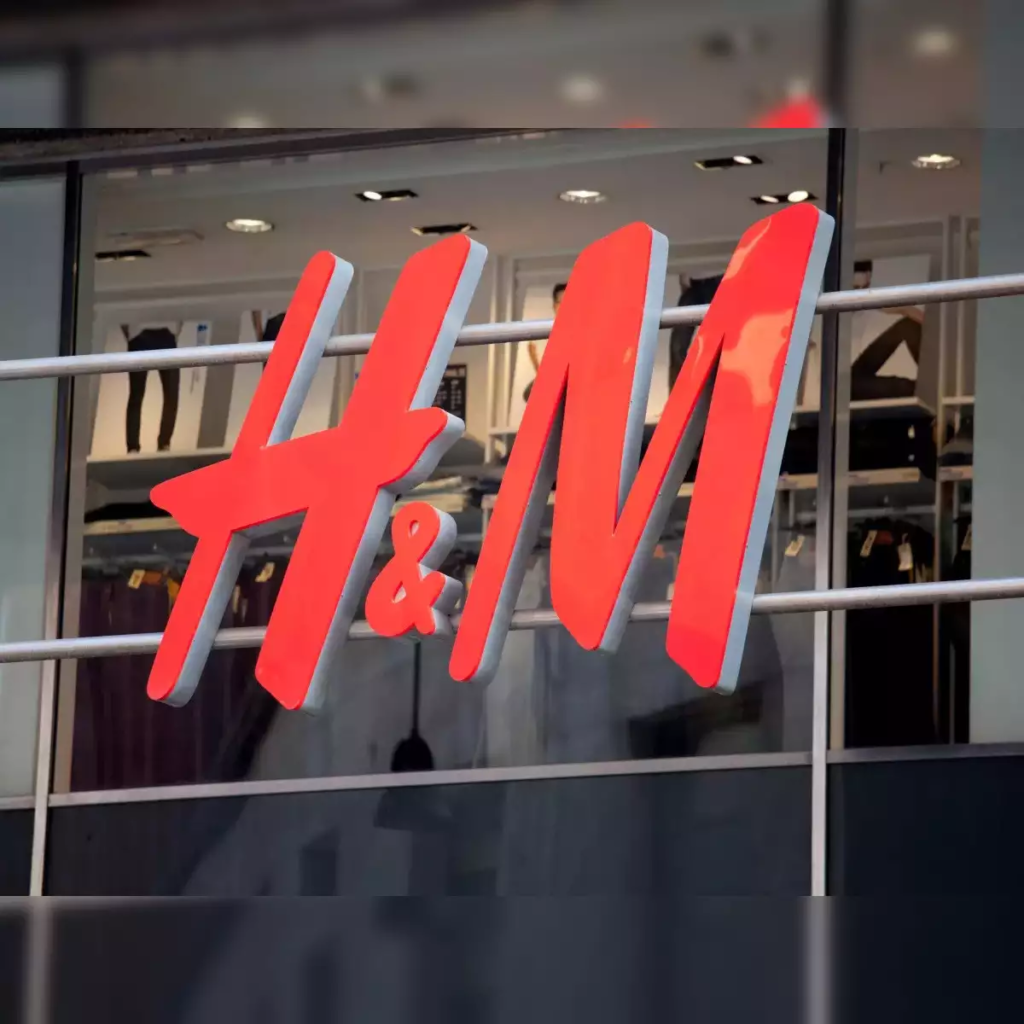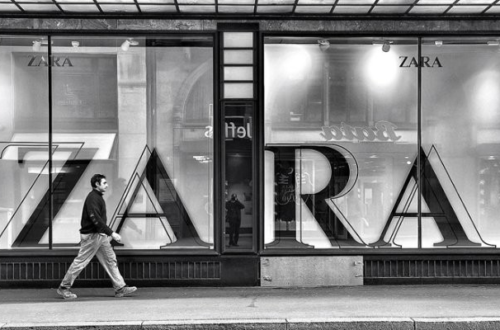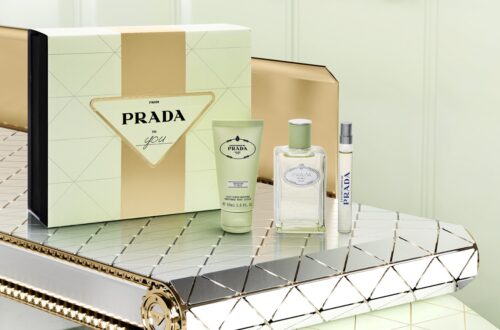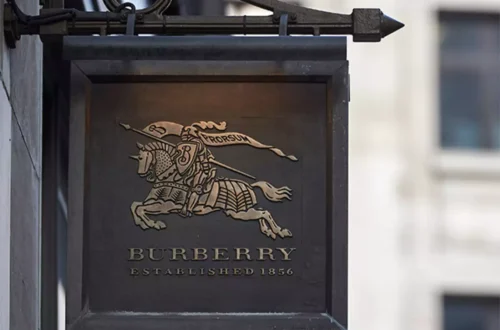Hennes & Mauritz, or H&M, is one of the biggest fashion retailers in the world, well-known for its stylish, reasonably priced apparel and dedication to sustainability. Erling Persson founded the company in 1947 in Vasteras, Sweden. Since then, it has grown from a single store to become a global fashion powerhouse with over 5,000 locations in more than 70 countries. This blog article will examine the characteristics that set H&M apart from the competition, examine the benefits of buying there, and assess the company’s distinct standing within the fashion business.

1. Brand Overview and Philosophy
1.1. History and Evolution
H&M began as a women’s clothing store named “Hennes,” which means “hers” in Swedish. The store was an immediate success, and Persson expanded by acquiring a hunting and fishing store called “Mauritz Widforss” in 1968. This acquisition marked the beginning of the brand’s menswear collection and led to the rebranding of the company as H&M.
The company went public in 1974, and its rapid expansion began in the 1980s and 1990s, with new stores opening across Europe. The early 2000s saw H&M making significant strides internationally, establishing itself in the US, Asia, and the Middle East. Today, H&M operates not only under its flagship brand but also through various sub-brands, including COS, & Other Stories, Monki, Weekday, and ARKET, catering to diverse fashion tastes.
1.2. Brand Philosophy
H&M’s core philosophy revolves around “fashion and quality at the best price.” This principle is embedded in the company’s approach to design, production, and retail. The brand is dedicated to providing customers with the latest fashion trends at accessible prices, making high-style clothing available to a wide audience.
2. Features and Offerings
2.1. Product Range
H&M offers a vast array of products, catering to various fashion needs. Its product range includes:
- Women’s Clothing: From casual wear to formal attire, H&M’s women’s collection includes dresses, skirts, blouses, trousers, outerwear, and activewear.
- Men’s Clothing: The men’s line features everything from basic tees and jeans to suits and outerwear.
- Kids’ Clothing: H&M provides stylish and durable clothing for children, from newborns to teenagers.
- Home Goods: The brand also offers a selection of home furnishings, including bedding, kitchenware, and decor items.
- Sustainable Collections: H&M is increasingly focusing on eco-friendly collections, such as the Conscious Collection, which uses recycled and organic materials.
2.2. Pricing Strategy
H&M is known for its affordable pricing, which is a key factor in its appeal. The brand achieves this by leveraging economies of scale, efficient supply chain management, and strategic sourcing. Seasonal sales and promotions further enhance the affordability of its products.
2.3. Fashion and Trend Adaptation
One of H&M’s defining features is its ability to quickly adapt to changing fashion trends. The brand employs a fast fashion model, which means it can bring the latest trends from the runway to retail stores in a matter of weeks. This rapid turnaround is facilitated by its in-house design teams and efficient production processes.
2.4. Online Presence
H&M has a robust online shopping platform that complements its physical stores. The website and mobile app offer an extensive selection of products, detailed product descriptions, and easy navigation. The online store also features exclusive collections and offers home delivery and click-and-collect options.
3. Why Choose H&M?

3.1. Affordability and Value
H&M’s commitment to providing stylish clothing at reasonable prices makes it an attractive choice for budget-conscious shoppers. The brand’s pricing strategy ensures that fashion is accessible to a broad audience without compromising on style.
3.2. Trendy and Diverse Collections
H&M’s ability to stay on top of fashion trends ensures that customers have access to the latest styles. Whether you’re looking for a chic office outfit, casual weekend wear, or a statement piece for a special occasion, H&M’s diverse collections cater to various fashion preferences.
3.3. Sustainability Initiatives
In recent years, H&M has made significant strides in sustainability. The brand’s Conscious Collection is a testament to its commitment to environmentally friendly practices. H&M aims to use 100% recycled or sustainably sourced materials by 2030. Additionally, the brand has introduced clothing recycling programs and strives to reduce waste and improve working conditions within its supply chain.
3.4. Accessibility and Convenience
With its vast network of stores and comprehensive online shopping platform, H&M offers convenience to customers worldwide. The ability to shop both in-store and online provides flexibility and accessibility, catering to diverse shopping preferences.
3.5. Frequent Collaborations
H&M is known for its high-profile collaborations with designers and celebrities, which generate excitement and exclusivity. Past collaborations have included notable names such as Karl Lagerfeld, Stella McCartney, and Beyoncé. These limited-edition collections often feature unique designs and attract fashion enthusiasts looking for something special.
4. Comparison with Competitors
4.1. H&M vs. Zara
Product Offering: Both H&M and Zara are prominent players in the fast fashion market, but they have different approaches. Zara, part of the Inditex group, focuses on producing higher-quality garments and often has a higher price point compared to H&M. Zara is known for its quick turnaround and more sophisticated designs, while H&M emphasizes affordability and a broader range of styles.
Sustainability: Both brands have made commitments to sustainability, but H&M’s efforts are more pronounced with its Conscious Collection and recycling initiatives. Zara has also implemented sustainable practices but is often perceived as less transparent about its supply chain.
Store Experience: Zara stores typically have a more upscale and minimalist design, reflecting its higher price point and emphasis on quality. H&M stores are more focused on providing a wide range of products in a casual shopping environment.
4.2. H&M vs. Uniqlo
Product Offering: Uniqlo, a Japanese retailer, is known for its focus on basics and functional clothing. The brand emphasizes simplicity and quality, with a product range that includes essential items like t-shirts, jeans, and outerwear. H&M, on the other hand, offers a wider variety of fashion-forward items and seasonal trends.
Pricing: Both H&M and Uniqlo offer affordable pricing, but Uniqlo’s emphasis on high-quality basics often leads to slightly higher price points. H&M’s pricing strategy is more aggressive, with frequent sales and promotions.
Sustainability: Uniqlo has also made strides in sustainability with initiatives like its “All-Product Recycling Initiative” and efforts to use sustainable materials. However, H&M’s sustainability programs are more comprehensive and visible to consumers.
4.3. H&M vs. Forever 21
Product Offering: Forever 21, an American fast-fashion retailer, offers a similar product range to H&M, with a focus on trendy and youthful clothing. However, Forever 21 has faced criticism for its quality and labor practices, whereas H&M has been more proactive in addressing these concerns.
Pricing: Forever 21’s pricing is often lower than H&M’s, which may appeal to budget-conscious shoppers. However, H&M’s focus on quality and sustainability provides additional value for customers.
Sustainability: H&M is more advanced in its sustainability efforts compared to Forever 21, which has been criticized for its environmental impact and lack of transparency.
When discussing the product uniqueness of H&M, it’s important to highlight several aspects that distinguish it from other fashion retailers. Here’s a detailed look at what sets H&M’s products apart:
1. Trend-Driven Collections
1.1. Fast Fashion Model
H&M’s hallmark is its fast fashion model, which emphasizes the rapid turnaround of fashion trends. The company leverages its in-house design teams and efficient production processes to bring runway-inspired looks to stores in a matter of weeks. This model ensures that H&M consistently offers the latest styles and trends, catering to fashion-conscious consumers who want to stay up-to-date with current fashion.
1.2. Trend Adaptation
H&M’s ability to quickly adapt to emerging trends is a key factor in its product uniqueness. By closely monitoring fashion shows, street style, and cultural shifts, the brand can introduce new collections that reflect the latest trends. This responsiveness to fashion trends helps H&M maintain its relevance and appeal in a competitive market.
2. Diverse Product Range
2.1. Comprehensive Offerings
H&M offers a broad spectrum of products, catering to various needs and preferences. Its product categories include:
- Women’s Clothing: From casual wear to formal attire, H&M’s women’s line features a diverse array of styles, including dresses, blouses, trousers, and outerwear.
- Men’s Clothing: The men’s collection includes everything from basic essentials to more sophisticated pieces like suits and jackets.
- Kids’ Clothing: The brand provides fashionable and practical clothing for children of all ages, ensuring that even the youngest family members can enjoy stylish outfits.
- Home Goods: H&M Home offers a range of home furnishings, including bedding, kitchenware, and decor items, allowing customers to bring the brand’s aesthetic into their living spaces.
2.2. Seasonal and Thematic Collections
H&M frequently releases seasonal and thematic collections that align with holidays, events, or specific trends. These collections often feature unique designs and limited-edition items, providing customers with exclusive and timely fashion choices.
3. Sustainability and Innovation
3.1. Conscious Collection
H&M’s Conscious Collection represents a significant aspect of its product uniqueness. This line focuses on using sustainable materials, such as organic cotton, recycled polyester, and Tencel. The Conscious Collection reflects the brand’s commitment to reducing environmental impact and promoting ethical fashion.
3.2. Circular Fashion Initiatives
The brand is actively involved in circular fashion initiatives, including clothing recycling programs. H&M encourages customers to bring in old clothes for recycling, aiming to reduce textile waste and promote the reuse of materials. This commitment to circularity enhances the uniqueness of H&M’s product offerings by integrating sustainability into its core operations.
4. Collaborations and Limited Editions
4.1. Designer Collaborations
H&M’s collaborations with renowned designers and celebrities contribute to its product uniqueness. Past partnerships with fashion icons like Karl Lagerfeld, Stella McCartney, and Versace have resulted in exclusive, high-profile collections that generate buzz and attract fashion enthusiasts. These collaborations offer customers access to limited-edition pieces that blend H&M’s affordability with high fashion design.
4.2. Celebrity Collections
In addition to designer collaborations, H&M has launched collections featuring celebrities and influencers. These collections often include unique, trendsetting designs that resonate with fans of the featured personalities, adding a distinctive edge to the brand’s product offerings.
5. Affordable Fashion with Quality
5.1. Value for Money
H&M’s ability to provide stylish and trendy clothing at accessible prices sets it apart from many competitors. The brand achieves this by leveraging economies of scale, efficient supply chain management, and cost-effective production methods. This commitment to affordability ensures that customers receive good value for their money while enjoying contemporary fashion.
5.2. Quality and Durability
While H&M is known for its affordable pricing, the brand also places a strong emphasis on quality. Its products are designed to offer durability and comfort, providing customers with well-made clothing that can withstand regular wear. This focus on quality helps balance the affordability of H&M’s products with their overall value.
6. Global Reach and Local Adaptation
6.1. International Presence
H&M’s global presence allows it to offer a diverse range of products that cater to different markets. The brand adapts its collections to reflect regional fashion preferences and cultural trends, ensuring that its offerings resonate with customers around the world.
6.2. Localized Collections
In addition to its global collections, H&M often releases localized collections that reflect the unique style and preferences of specific regions. This localized approach enhances the brand’s appeal and relevance in various markets, contributing to the overall uniqueness of its product range.
7. Innovative Store Concepts
7.1. In-Store Experiences
H&M continuously innovates its in-store experiences to enhance customer engagement. The brand’s stores are designed to be visually appealing and easy to navigate, with well-organized sections and eye-catching displays. Additionally, H&M incorporates digital elements, such as interactive screens and mobile apps, to create a seamless shopping experience.
7.2. Online and Omnichannel Integration
H&M’s online platform is integrated with its physical stores, offering a cohesive shopping experience. Features like online-exclusive collections, click-and-collect services, and real-time inventory updates enhance the convenience and uniqueness of shopping with H&M. The brand’s omnichannel approach ensures that customers have access to its full range of products, whether shopping in-store or online.
5. Conclusion
H&M stands out in the crowded fashion retail landscape due to its commitment to affordability, trendiness, and sustainability. Its wide range of products, from everyday essentials to fashionable statement pieces, caters to a diverse customer base. While it faces competition from brands like Zara, Uniqlo, and Forever 21, H&M’s emphasis on providing high-quality, fashionable clothing at accessible prices, coupled with its sustainability initiatives, solidifies its position as a leading global fashion retailer.
Whether you’re seeking the latest trends, affordable basics, or eco-friendly options, H&M offers a compelling choice for fashion-conscious shoppers. As the brand continues to innovate and adapt to changing market dynamics, it remains a significant player in shaping the future of fashion retail.
In a world where fashion and affordability can often seem at odds, H&M successfully bridges the gap, offering both style and value in a way that resonates with millions of customers worldwide. Glam-Garb’s






